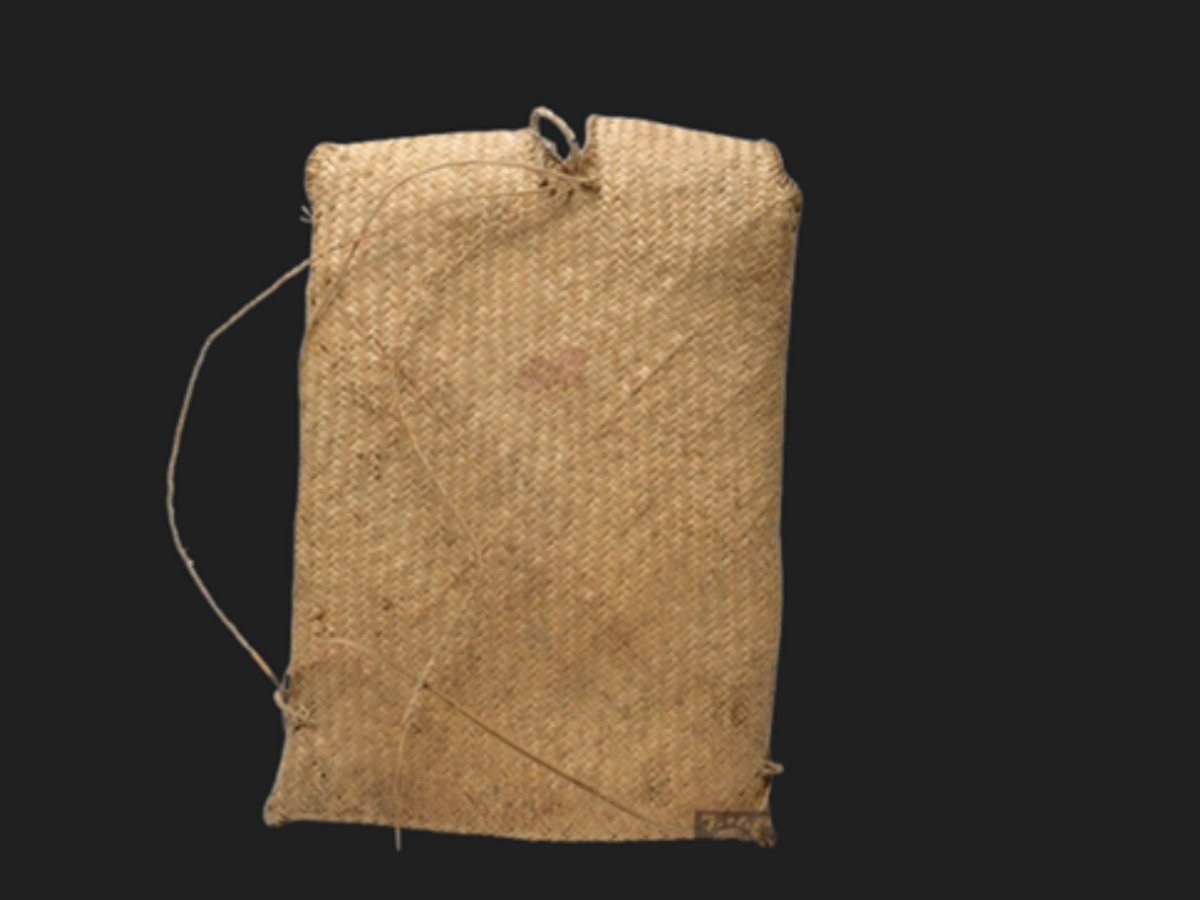State
Tribe Name
Art Type
short description
Nara is made by using traditional methods of basketry wherein thin strips of finely woven cane are arranged lustily to make a durable and lightweight haversack. This multipurpose carrying bag is a must-have for survival, intended to hold everything from food and implements to household essentials. Slung on the back by means of stout cane straps, it leaves the hands free for other activities.
The Nara, so useful for carrying essential goods through the rough terrain of Arunachal Pradesh, is in great demand among the Apatani farmers, hunters, and travelers. The Apatanis have always had an intimate relationship with nature. Being environmentally conscious, they use locally available raw materials stated above, like cane and bamboo, for sustainable craftsmanship.
Nara continues to be part of everyday life among the Apatanis and is thus displayed at tribal fairs and craft exhibitions in order to preserve the still-exposed craftsmanship for the younger generation and maintain the heritage of the Apatani tribe.
The Nara, so useful for carrying essential goods through the rough terrain of Arunachal Pradesh, is in great demand among the Apatani farmers, hunters, and travelers. The Apatanis have always had an intimate relationship with nature. Being environmentally conscious, they use locally available raw materials stated above, like cane and bamboo, for sustainable craftsmanship.
Nara continues to be part of everyday life among the Apatanis and is thus displayed at tribal fairs and craft exhibitions in order to preserve the still-exposed craftsmanship for the younger generation and maintain the heritage of the Apatani tribe.
Thumbnail

Filter Postion
Left
Filter Background
Off
Theme
Filter Header Image

content
Image

description
Nara is made by using traditional methods of basketry wherein thin strips of finely woven cane are arranged lustily to make a durable and lightweight haversack. This multipurpose carrying bag is a must-have for survival, intended to hold everything from food and implements to household essentials. Slung on the back by means of stout cane straps, it leaves the hands free for other activities.
The Nara, so useful for carrying essential goods through the rough terrain of Arunachal Pradesh, is in great demand among the Apatani farmers, hunters, and travelers. The Apatanis have always had an intimate relationship with nature. Being environmentally conscious, they use locally available raw materials stated above, like cane and bamboo, for sustainable craftsmanship.
Nara continues to be part of everyday life among the Apatanis and is thus displayed at tribal fairs and craft exhibitions in order to preserve the still-exposed craftsmanship for the younger generation and maintain the heritage of the Apatani tribe.
The Nara, so useful for carrying essential goods through the rough terrain of Arunachal Pradesh, is in great demand among the Apatani farmers, hunters, and travelers. The Apatanis have always had an intimate relationship with nature. Being environmentally conscious, they use locally available raw materials stated above, like cane and bamboo, for sustainable craftsmanship.
Nara continues to be part of everyday life among the Apatanis and is thus displayed at tribal fairs and craft exhibitions in order to preserve the still-exposed craftsmanship for the younger generation and maintain the heritage of the Apatani tribe.
Image Mode
landscape
promoted
Off
Verified
Off
